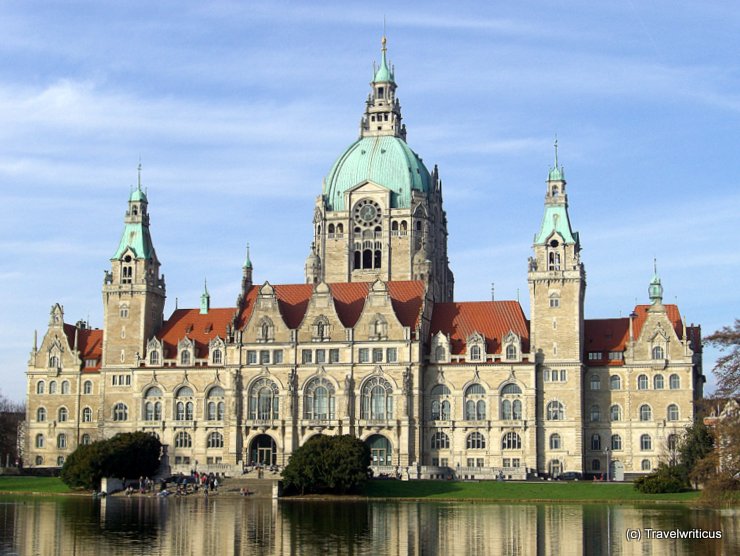
The New Town Hall in Hanover (Neues Rathaus Hannover) was opened in 1913. Since then, a pond in front of it mirrors the eclectic architecture. Inside, the building offers an intriguing curved dome lift. [German]
You only see what you know (Goethe)

The New Town Hall in Hanover (Neues Rathaus Hannover) was opened in 1913. Since then, a pond in front of it mirrors the eclectic architecture. Inside, the building offers an intriguing curved dome lift. [German]
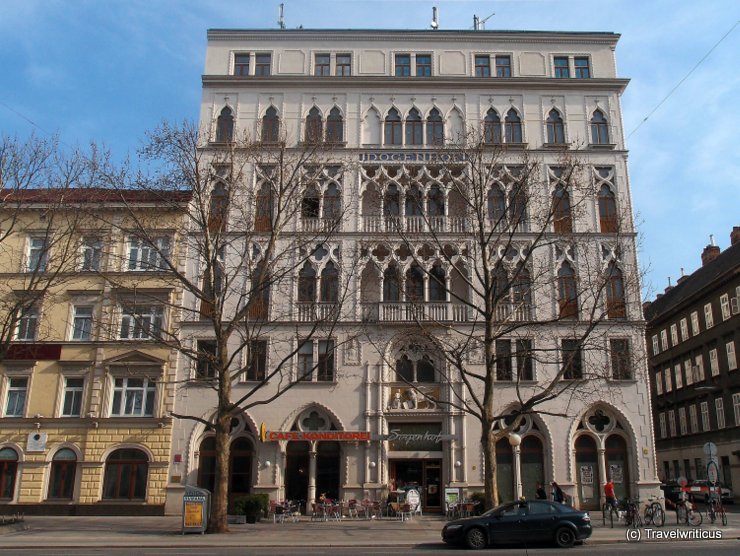
Around 1900 people of Vienna were very fancy about Venice. So there was an idea to build an Italian quarter along the Praterstraße. A small reminder of this gone idea is the Dogenhof (Praterstraße 70). Its architecture was influenced by a palazzo in Venice.
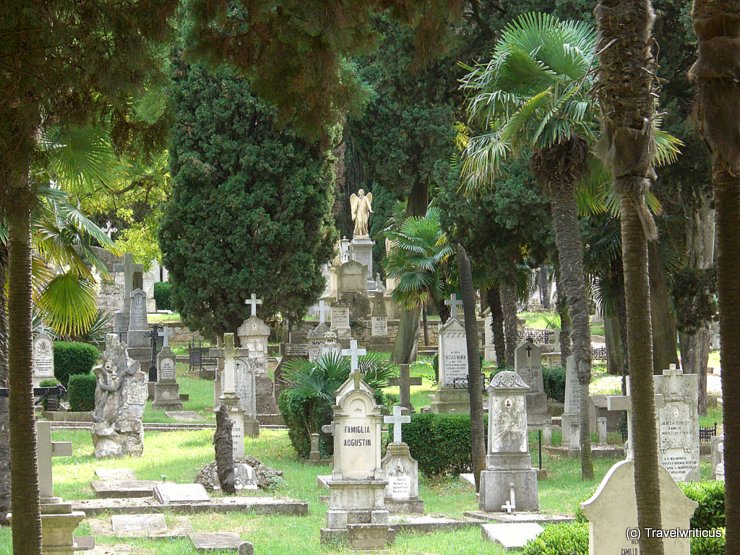
The port of Pula was the main base of the Austro-Hungarian Navy until 1918. An impressive trace to this time forms the k.u.k. Naval Cemetery of Pula. The place in today’s Stoja district dates back to 1862. [German]
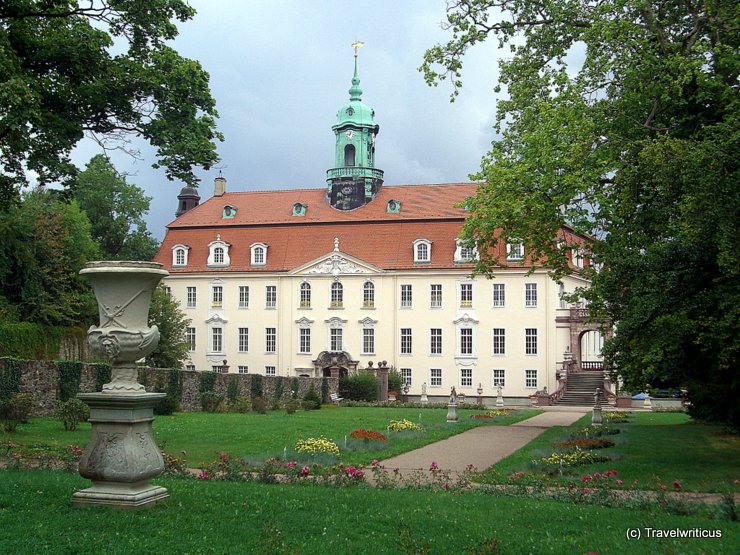
Lichtenwalde Castle in Saxony is best known for its park. The garden stretches high above the Zschopau Valley. Numerous water features and winding paths invite you to discover the grounds of this Baroque castle. [German]

One of the architectural highlights of the renewed Salzburg Central Station is the rediscovered tile art in the style of Art Nouveau. These works were created by artists like Otto Barth, Hans Prutscher, Hans Wilt and Hubert von Zwickle. [German]

While I waited for my connection train in Udine, a classic diesel rail car stopped nearby. It was one of the Class FS ALn 663. Fiat Ferroviaria built these cars in the years 1983 – 1993. The depicted rail car ran for the line Udine – Cividale del Friuli.

On the 8th day of my InterRail trip, I started from the Strandbahnhof Travemünde. This station is a railhead near the coast of the Baltic Sea. Interesting detail: The digital display doesn’t show the time of day.

There are many cities with preserved town walls. Modern cities surrounded by an equally well-preserved moat are rarer. A fine example of such a combination forms the city wall and moat of Friesach, a place in the Austrian state of Carinthia. [German]
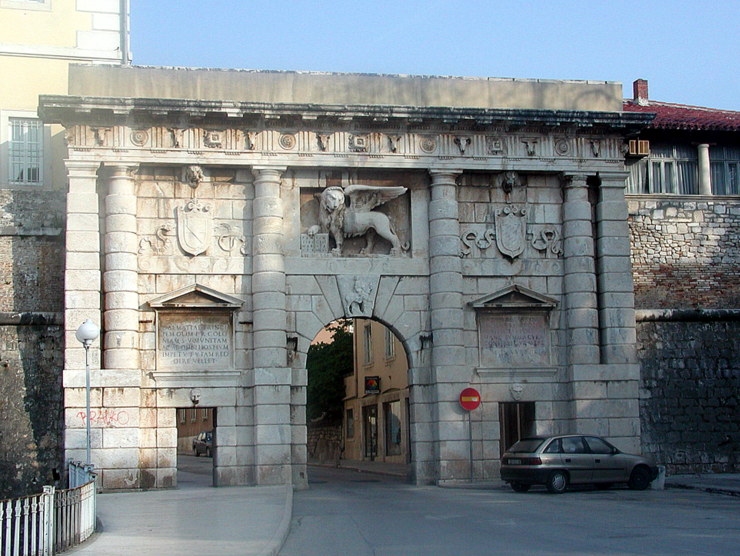
I started my walk through the Croatian Zadar at the Porta Terraferma. The gate was created in 1543 based on a design by Michele Sanmicheli. At that time, it served to defend the Venetian port city. [German]
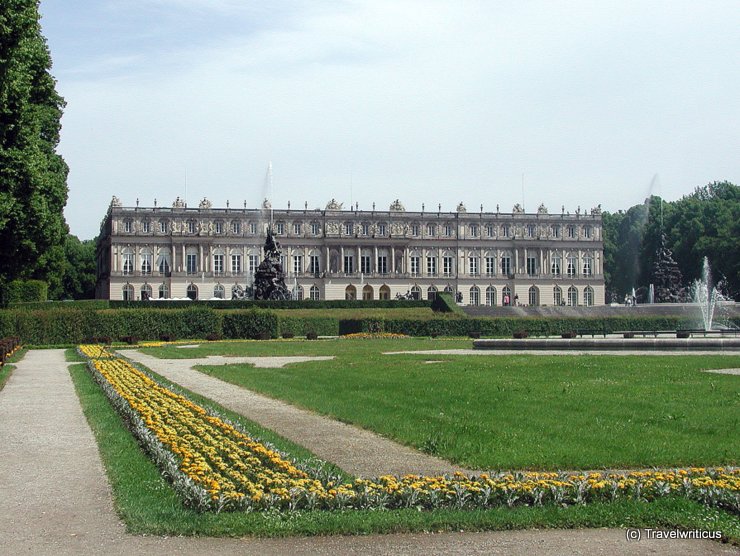
Herrenchiemsee Palace (Schloss Herrenchiemsee) is located on an island on the largest lake of Bavaria named Chiemsee. The palace is also known as the New Palace (Neues Schloss) or Herrenworth Palace (Schloss Herrenwörth).
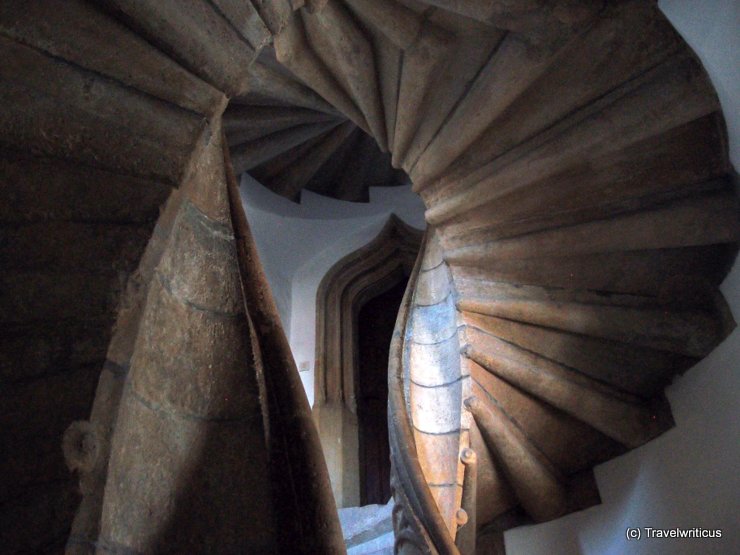
The double spiral staircase of Graz is an architectural element in the former town castle (Grazer Burg). It dates back to around 1500. That way, it is considered the second oldest spiral staircase of its kind.
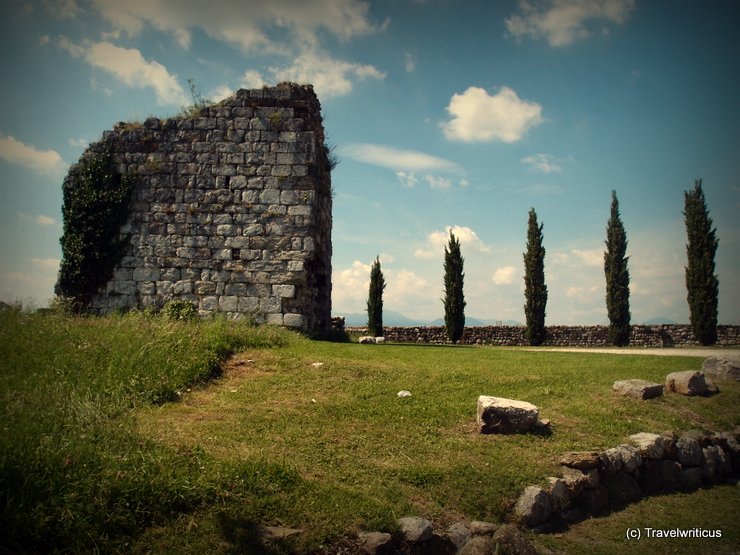
On our way from the Oasi dei Quadris Bird Park to the Cjase Cocel Museum, we stopped at the Castello di Fagagna. Almost nothing remained of the castle from the 10th century, but the view of the landscape invited us to linger. [German]